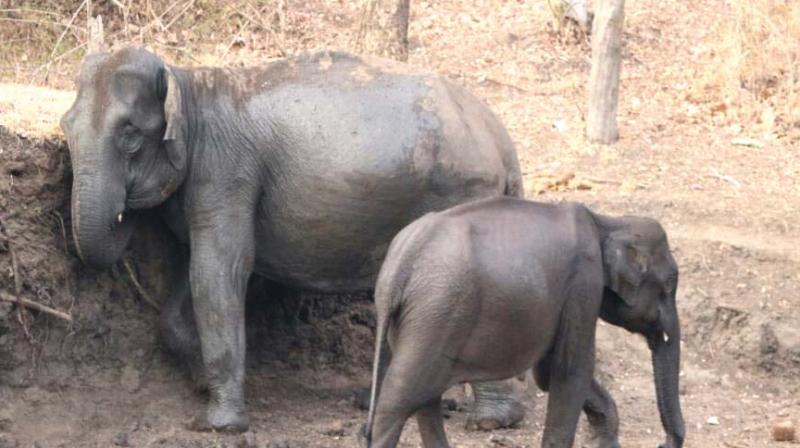How accurate is the jumbo count in Karnataka?

Chamarajanagar: Methods employed to arrive at an estimation of the elephant population in the state have drawn flak from some volunteers and forest personnel involved in the count as they believe the results could be inaccurate.
The exercise carried out from May 17 to 19 across the state, used block count, dung count and direct sightings at waterholes to arrive at the number of elephants in the jungles.
Some of those involved, however, say the given route to count dung piles covered only a small portion of the forest, leaving the rest unexplored. Noting that the census also covered hilly areas, they point out that elephants are usually sighted on flat terrain. “Forest guards and watchers should have been taken into confidence before deciding on the areas to sight elephants,” said a forest guard, wondering if the count could be accurate given the flaws in the methodology adopted.
Some guards also found the timing of the census wrong as it was done when the rains had arrived in the region. “It would have been better if the elephant count was done at the start of the summer and not when the rains have begun. When it rains small streams and waterholes fill up deep inside forests and the elephants don’t emerge at waterholes on the periphery of the forests where volunteers wait to get sightings,” explained one guard.
But director of Project Elephant, Dilip Kumar Das, said that if some beats had not recorded elephant sightings, others had recorded them in plenty and they were likely to get an exact estimation of the jumbos in Karnataka using the current count methods.

